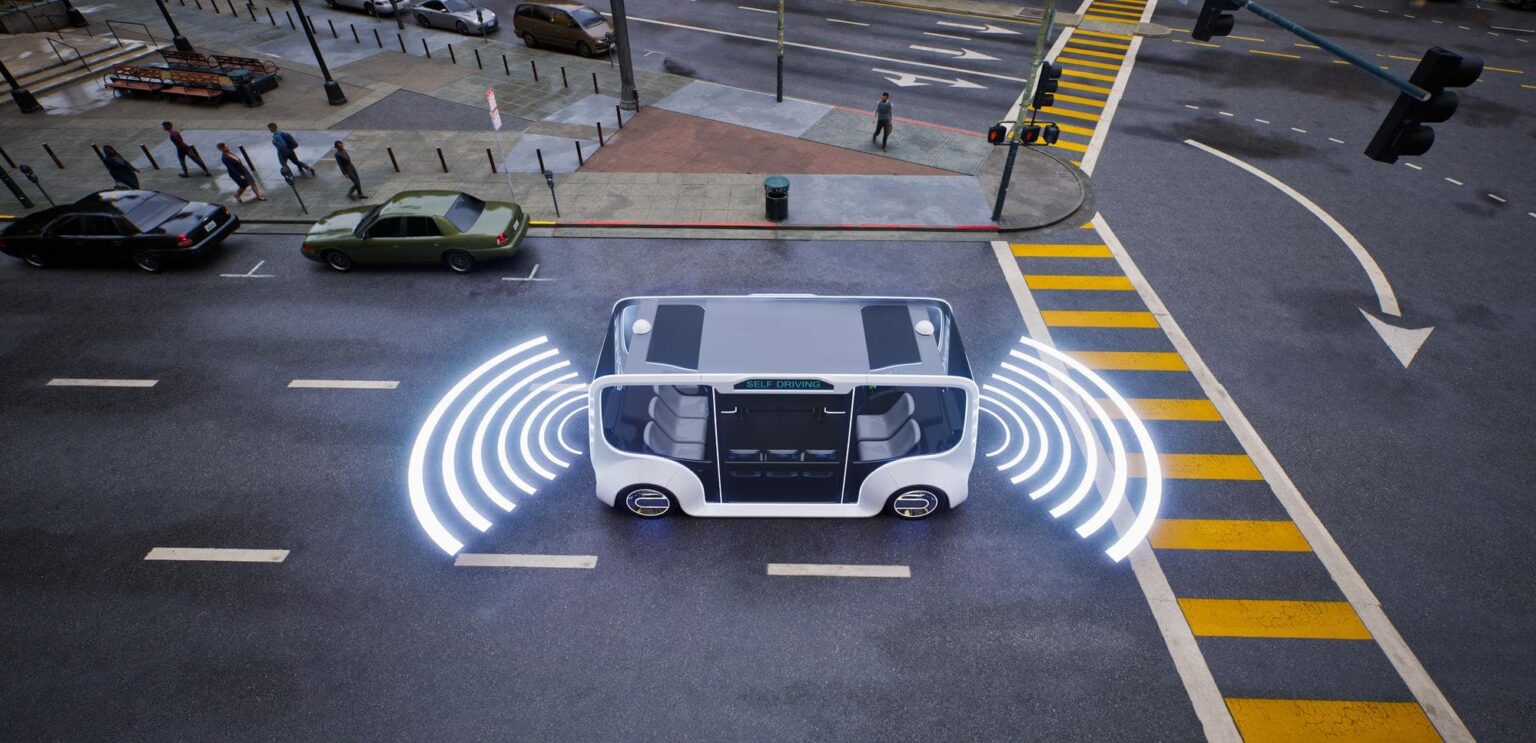Advanced Driver-Assistance Systems (ADAS) serve as a crucial stepping stone on the pathway towards fully autonomous vehicles. ADAS technologies integrate sensors, AI algorithms, and connectivity to assist drivers, enhance safety, and automate certain driving functions. Here’s how ADAS paves the way for autonomous vehicles:
- Sensor Fusion: ADAS systems employ a combination of sensors, such as cameras, radar, LiDAR, and ultrasonic sensors, to perceive the surrounding environment. Sensor fusion techniques integrate data from these sensors to create a comprehensive understanding of the vehicle’s surroundings. This multi-sensor approach is foundational for autonomous driving, where a holistic perception of the environment is crucial.
- Collision Avoidance: ADAS technologies include features like forward collision warning, automatic emergency braking, and pedestrian detection, which can help prevent accidents and mitigate the severity of collisions. These systems leverage AI algorithms to analyze sensor data and make real-time decisions to assist drivers in avoiding potential collisions. Collision avoidance capabilities are integral to autonomous driving systems, where the vehicle must react independently to potential hazards.
- Lane Keeping and Adaptive Cruise Control: ADAS systems often incorporate lane-keeping assist and adaptive cruise control features. Lane-keeping assist uses sensors and AI algorithms to monitor the vehicle’s position within the lane and provide corrective steering inputs to keep it centered. Adaptive cruise control leverages sensor data to maintain a safe following distance from the vehicle ahead and adjust the vehicle’s speed accordingly. These functions lay the foundation for autonomous driving capabilities by automating longitudinal and lateral vehicle control.
- Traffic Jam Assist: ADAS systems can include traffic jam assist features that enable limited automated driving in congested traffic conditions. These systems can control acceleration, braking, and steering within certain speed limits, reducing driver fatigue and enhancing convenience. Traffic jam assist relies on AI algorithms and sensor fusion to navigate stop-and-go traffic situations, providing a glimpse into the autonomous driving experience.
- High-Definition Mapping: ADAS systems often rely on high-definition maps to enhance vehicle positioning accuracy and provide contextual information about the road ahead. These maps incorporate details such as lane markings, traffic signs, speed limits, and road geometry. High-definition maps are a critical component of autonomous driving systems, enabling precise localization, path planning, and decision-making based on the surrounding environment.
- Connectivity and V2X Communication: ADAS systems can utilize vehicle-to-everything (V2X) communication to exchange data with other vehicles, infrastructure, and traffic management systems. This connectivity enhances situational awareness, enables cooperative maneuvers, and provides real-time information about road conditions, hazards, and traffic flow. V2X communication is a key element in autonomous driving, enabling vehicles to interact with the broader transportation ecosystem.
- Continuous Improvement and Over-the-Air Updates: ADAS systems often incorporate machine learning algorithms that can improve over time with continuous data collection and analysis. These algorithms can learn from real-world driving scenarios, enhancing their accuracy and performance. Over-the-air updates allow for the deployment of software updates and improvements to ADAS systems, ensuring that vehicles stay up-to-date with the latest advancements.
ADAS technologies represent an incremental approach towards achieving full autonomy in vehicles. As these systems continue to evolve, incorporating more advanced AI algorithms, sensor technologies, and connectivity, they set the stage for the development and deployment of fully autonomous vehicles in the future.



